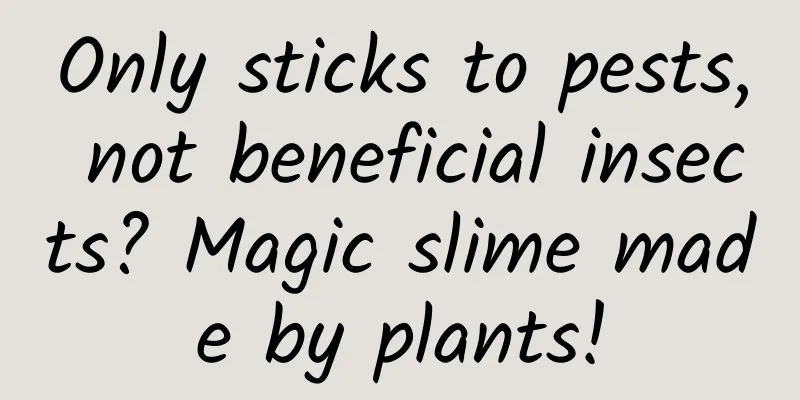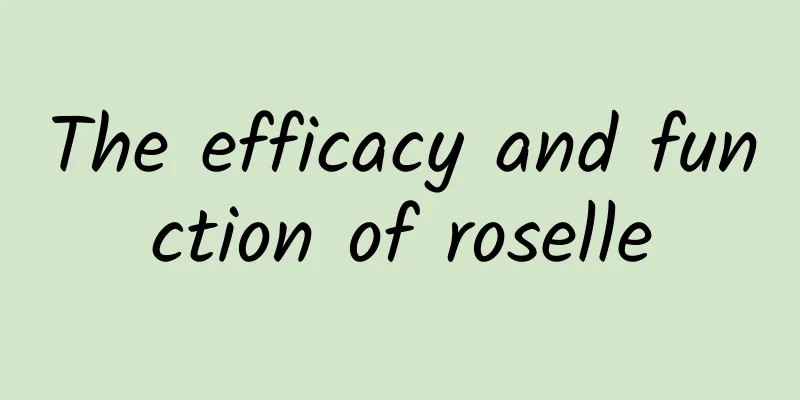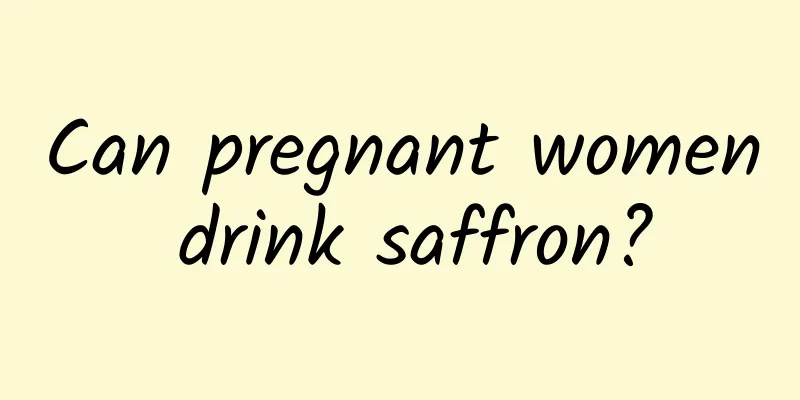Only sticks to pests, not beneficial insects? Magic slime made by plants!

|
Popular Science Times (Intern Wang Yuke) Sticky traps made of tiny oil droplets can be sprayed on plants to catch small pests, while leaving larger insects such as bees unharmed. Researchers who developed the product hope it will help reduce the use of chemical pesticides. Recently, the Proceedings of the National Academy of Sciences of the United States published an academic article titled "Using sticky balls to mimic natural deterrent strategies in plants". Researchers represented by Professor Thomas Kodeger of Wageningen University in the Netherlands said that they found that some plants have sticky insect-catching hairs. This hair is called glandular trichomes. Cherry tomatoes may be the most typical example of plants with glandular hairs, but many other plants also have this glandular hair to resist herbivorous pests. As the world's population and food production continue to grow, the use of chemical pesticides is also increasing. Because chemical pesticides are harmful to the environment and pest resistance is increasing, there is a need for a sustainable and effective alternative to pesticides. Inspired by nature, the researchers imitated a defense strategy of plants against pests - glandular hairs, oxidized certain plant oils, and then mixed them vigorously with water to form tiny droplets with diameters mostly less than one millimeter, which would not clog the sprayer. The adhesive material made in this way has adhesion even under low contact, and can attach to plants for weeks after spraying. The adhesive particles produced are a physical insecticide. The researchers found that spraying a suspension of particles was effective in sticking to the target pest, thrips, which are small arthropod pests that can damage crops through virus transmission. Spray traps work on the same principle as sticky paper or glue traps that have long been used to catch plant pests, physically trapping the insects. The advantage of spray traps is that the spray is extracted from the plant and will not stick to larger insects, such as bees, hoverflies and other beneficial insects. |
<<: The little-known "Four Great Aviation Inventions" of Ancient China
Recommend
The efficacy and function of Sichuan and Hubei Cornus officinalis
Cornus officinalis is a common medicinal material...
The efficacy and function of male fish
Male fish is a very good medicinal ingredient. In...
The efficacy and function of round-leaved motherwort
Round-leaved motherwort is a kind of traditional ...
The efficacy and function of ivory ginseng
Ivory ginseng is a very common Chinese medicinal ...
A group of people placed a super-large crystal ball in the mountains of Guangdong, planning to capture "cosmic ghosts" 700 meters underground
The winning works of the 2023 "China Science...
Why do men leave yellow marks on their bed sheets and pillows? Nutritionists help you find the culprit
After marriage, women pay more attention to beddi...
What are the effects of drinking water with Scrophularia?
Friends who are familiar with traditional Chinese...
Terence Tao: Beginners should not use AI tools to perform expert-level tasks, and GPT is not very helpful for experts
In recent months, the famous mathematician Terenc...
Jute root benefits and effects
Jute root is a traditional Chinese medicine. Ther...
Multiple earthquakes occurred near Maerkang, Sichuan, with the highest magnitude being 6.0! In the event of an earthquake, how can you save yourself more scientifically?
Early this morning, multiple earthquakes occurred...
How to choose donkey-hide gelatin
Donkey hide gelatin is a must-have product for wo...
The Great Voyage丨Were Tang Dynasty wooden sailing ships so advanced?
Rugao Tang Dynasty Wooden Sailing Ship In the &qu...
The blood-crying cuckoo and the cuckoo occupying the magpie's nest, are they good birds or bad birds?
There is a beautiful legend about the cuckoo. It ...
What are the functions and indications of Herba Lycopodii?
Herbs are something that folk Chinese medicine at...
What is the life of astronauts in the "Tiangong"? You will be more respectful after understanding it
On the morning of June 5, three astronauts, led b...









